Friday/weekend blog
Below (in blue) is an article I’ve written for a South Korean newspaper. It doesn’t really say anything new. It’s more like a summary of the current situation:
June and July 2023 were entertaining months for anyone who is interested in whether human activity is causing catastrophic and irreversible changes to the Earth’s climate. On 27 July 2023, UN Secretary-General, Antonio Guterres warned us that: �The era of global warming has ended; the era of global boiling has arrived.� However, just a few days later, Professor Jim Skea, the newly elected head of the Intergovernmental Panel on Climate Change�(IPCC), warned that apocalyptic messaging merely �paralyses� the public and fails to motivate them to protect the planet. Furthermore, he said that the world warming 1.5�C above pre-industrial levels, to which the 2015 Paris Agreement pledged to limit global temperature rises, was �not an existential threat to humanity�. But during a conference in South Korea on 26 June 2023, the 2022 Nobel prizewinner for Physics, Dr. John Clauser, criticized the IPCC for spreading misinformation and stated, �I don�t believe there is a climate crisis�, �in my opinion the IPCC is one of the worst sources of dangerous misinformation� and added that the world is �literally awash, saturated, with pseudoscience, with bad science, with scientific misinformation and disinformation�.
Clearly, UN Secretary-General Antonio Guterres, Professor Jim Skea and Professor John Clauser can’t all be right. So, what is really happening? Are we headed for Antonio Guterres’s climate apocalypse as the earth boils? Are human activities causing changes to our climate to which we can adapt as suggested by Professor Jim Skea? Or can we relax as changes to our climate are just part of the natural cycle of warming and cooling which has gone on ever since the Earth existed and will continue for millions more years as proposed by Professor John Clauser?
There are some things we know. For example, analysis of ice cores and studies of geology and sea bed sediments have shown that for at least the last 400,000 years, the Earth has experienced four major ice ages and thus four much warmer interglacial periods:
(left-click on images, then left-click again to see more clearly)
Furthermore, there is strong evidence that these ice ages and interglacials are driven by changes in the Earth’s orbit around the sun � which have been called ‘Milankovitch Cycles’ after Mulan Milankovitch the Serbian mathematician, astronomer, climatologist and geologist who is credited with discovering them:
We also know that atmospheric CO2 levels have risen over the last 100 or so years from around 300 parts per million (ppm) to about 415 ppm. Climate catastrophists like to warn us that these increasing levels of atmospheric CO2 are heating the planet. But atmospheric CO2 levels have been as high as 7,000 ppm around 550,000 years ago and the planet’s temperature was about 12�C higher than today,:
Yet the Earth didn’t boil and life continued to evolve and thrive. Moreover, many farmers growing crops in greenhouses instal CO2 generators to bring CO2 levels up to around 1,000 ppm as that is considered optimal for plant growth. Moreover, studies by NASA satellites have shown that increasing CO2 levels are causing a greening of the Earth. Furthermore, we know that were CO2 levels to fall to below 250 ppm, this would devastate agriculture and lead to mass starvation.
As for Antonio Guterres’s claim that �The era of global warming has ended; the era of global boiling has arrived�. We only have reliable measurements of the Earth’s temperature since the end of the 1970s when satellites measuring temperatures were first launched. Before then, there were only reliable temperatures measurements in the USA, Northern Europe and Australia. Estimates of global temperatures before the era of satellites are mostly based on computer models. However, we do know from contemporary newspaper reports that the 1920s and 1930s were exceptionally hot in the United States and in some other countries even though atmospheric CO2 levels were only around 310 ppm. These temperatures were so high that the world’s leading climate scientists predicted at the time that the polar ice caps would melt and many coastal cities and areas of low-lying farmland would be flooded:
These dire predictions didn’t actually happen because in the 1960s and 1970s, the Earth cooled so much, even though atmospheric CO2 levels were still rising, that the world’s leading climate scientists predicted the start of a new ice age:
This new ice age would lead to crop failures, starvation and wars as countries fought over diminishing food stocks. The situation was so serious, that 42 climatologists wrote a letter to the then U.S. President, Richard Nixon, warning of the coming disaster:
and the CIA was even commissioned to write a report on the likely consequences of the coming ice age:
This didn’t happen either as by the 1980s the Earth’s temperature had started to warm again till about 2002. Then there was a pause from about 2002 to 2014 and since 2014, there has probably been some warming. Though this warming since the start of the 1980s shouldn’t be surprising as the end of the 1970s was the coldest the Earth has been for the last 120 years.
If we look at just 2023, it’s true that there has been a heatwave in the Southern U.S. States, in Mediterranean countries and in parts of China which is perhaps why Mr Guterres started talking about ‘global boiling’. However, the U.S. heatwave followed more than 260 days of below average temperatures. Moreover, at the same time as some countries experienced a heatwave, record cold spells hit Northern Europe, parts of Eastern Australia and South Africa where unusually it snowed. In addition, there were record levels of rainfall in South Korea and parts of China. As for the heatwave affecting the Southern United States and the Mediterranean, this seems to have been caused by a shift in the jetstream linked to a weather phenomenon called El Ni�o and not by any increase in atmospheric CO2 levels due to human activity.
Perhaps, there are just a few more details to add. The climate catastrophists warn that a climate crisis will cause massive loss of life. Yet the number of people dying in climate-related disasters has fallen from around 480,000 per year in the 1930s to fewer than 25,000 a year by the 2020s:
The climate catastrophists warn that a warming Earth will devastate agriculture, yet yields per hectare of crops like potatoes, bananas, maize, rice, wheat, soybeans and cassava have risen almost every year for the last more than 60 years:
The climate catastrophists warn that climate change will plunge millions into poverty, yet the percentage of the world’s population living in extreme poverty has fallen from about 80 percent a hundred years ago to below 20 percent now:
The climate catastrophists warn that changing climate will lead to earlier deaths, yet the average life expectancy has shot up from less than 40 years a hundred years ago to over 70 years now:
Furthermore, the 1920S and 1930S warming, the 1960s and 1970s cooling, the 1980s and 1990s warming, the 2002 to 2014 pause and then the subsequent last ten years of warming in spite of 120 years of rising atmospheric CO2 levels suggest that there is no real link between atmospheric CO2 levels and the Earth’s temperature.
That brings us back to the question about who was right about our climate � UN Secretary-General Antonio Guterres, the IPCC’s new boss Professor Jim Skea or 2022’s Nobel Prize-winner Professor John Clauser? At the moment, it looks like if you want reliable information about the Earth’s climate, it’s Professor John Clauser whom you should consult.

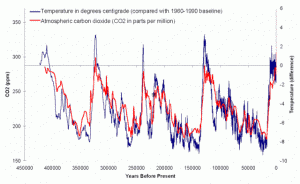
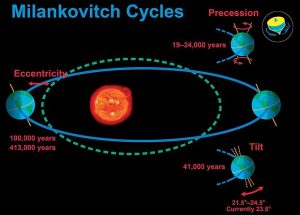
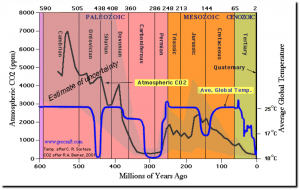
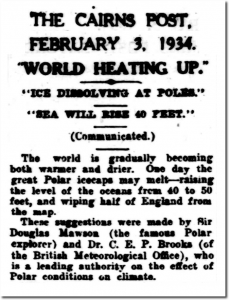
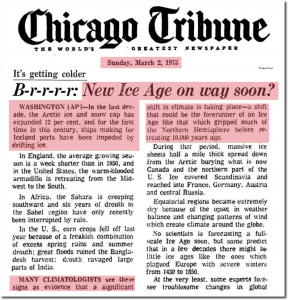
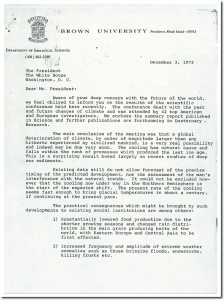
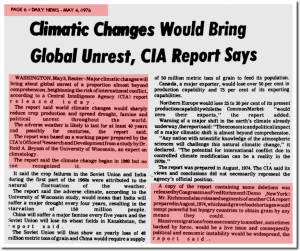
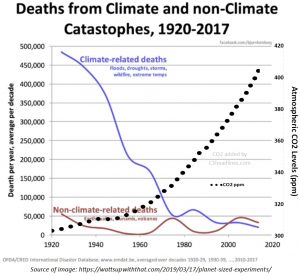
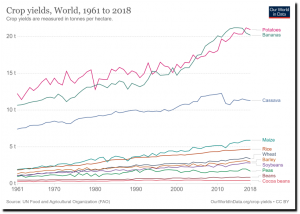
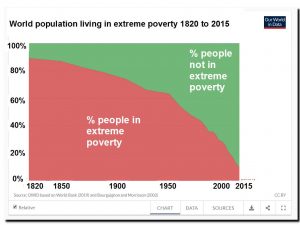
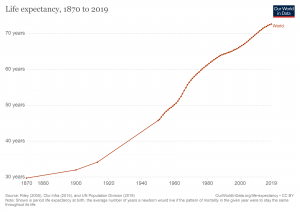
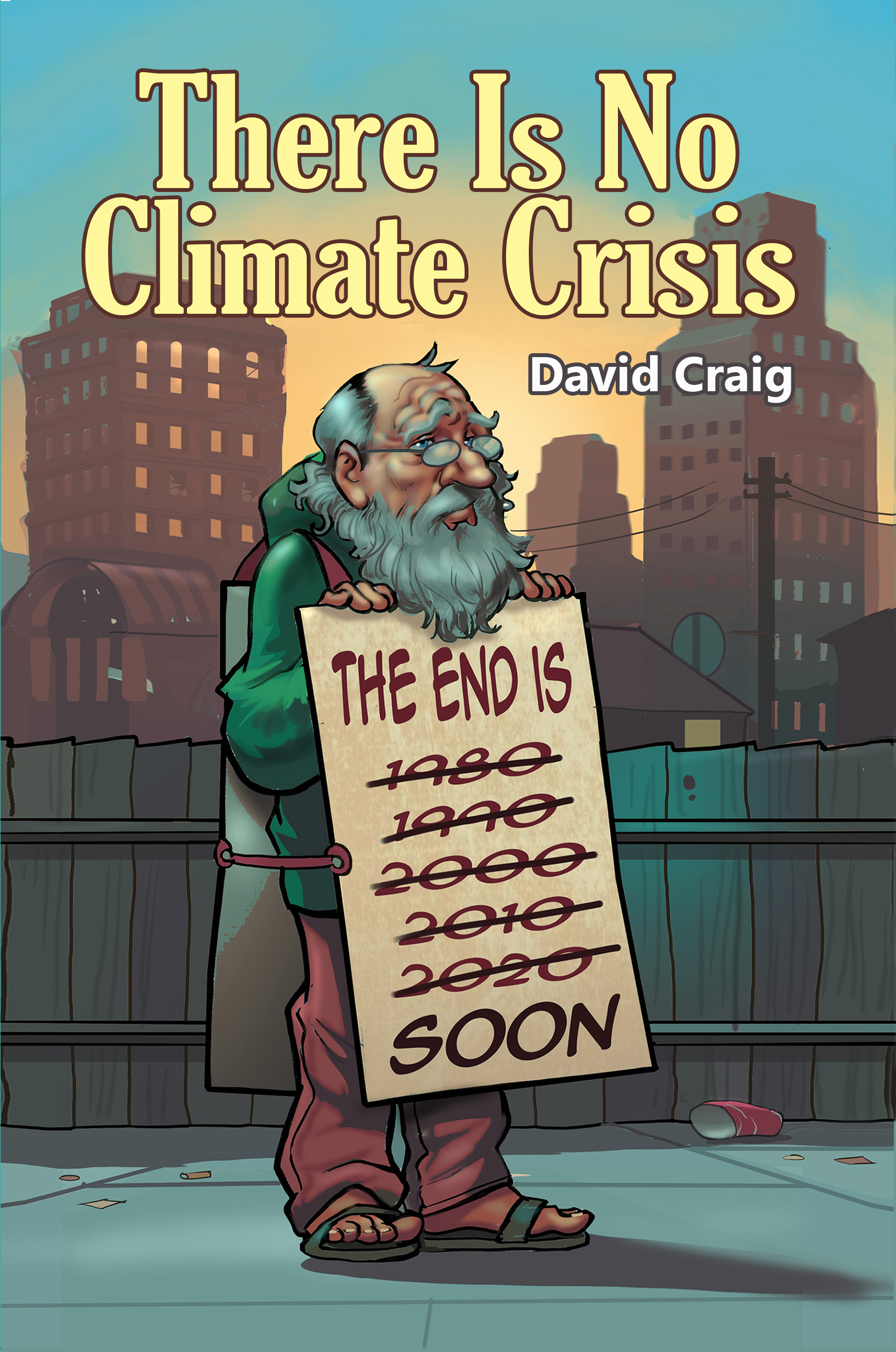












I think this is a good piece, and remember Mattias Desmet said that constant repeating is the way to get the message through. More than that I think it is written in a way that stimulate further thinking for anybody with an open mind.
The ice core data was used by Al Gore to claim that we could see that carbon dioxide was causing the temperature changes and it is always worth pointing out that correlation cannot be seen and need mathematical analysis which shows the opposite is true, but correlation is not causation. I also wonder how accurate these measurement are.
There seems to be little work on the Milankovitch Cycles since the CO2 theory got going. Nir Shaviv is one of the few who are doing research. It shows the unsatisfactory situation when there is no support for alternative research and as we are told the science is settled showing climate alarmism really is political and not science based and it is politics that is controlling the research.
Did you see Chris Packham talking about a fall of 25% in the atmospheric carbon dioxide during the Devonian period in his Earth series, which he said was a threat to plant life. He didn’t say what the level of CO2 was and as we see from the graph is was still very high.
I’m still of the view that it is the science of CO2 that we must return to because every discussion is based on CO2 warming the Earth and it is not true. It is based on ideas going back more than 100 years and experiments by Tyndall who did not understand the nature of radiation at the time. Modern versions of it are nothing more than magic tricks that are easily exposed. I cannot understand why this is not questioned.
You also mention satellite measurements of temperature. My understanding is that they are an average of the atmospheric temperature over a depth of the atmosphere and I don’t know at what height. Joseph Postma makes an important point which is that it is the temperature to which the sun can heat the surface that matters because the alarmist claim there isn’t enough heat in the sun. As I keep pointing out the sun heats the moon to 106C and without an atmosphere that around the temperature the earth would be, but the moon rotates slowly so its temperature is probably higher than the earth would reach. It shows that the atmosphere keeps us cool in the day and warm at night.
I don’t think the idea of the atmosphere as insulation is a useful concept. Although air is a good insulator, it isn’t when in motion. But most people probably think that insulation increases temperatures. It does not, it slows down the rate of heat transfer across the insulation. In winter with heating in homes it slows down the heat loss to the outside, but in summer it does the opposite and slows down the heat going into the house, keeping it cooler. If the atmosphere is viewed as insulation it does the same, it slows down the sun’s energy reaching the surface in the day, but at night is slows down the earth heat loss to space.
The problem is that it is energy and not temperature that determines what is happening and air contains very little energy compared to the oceans and land masses. A cubic meter of water contains about 3500 times the energy of a cubic meter of air at the same temperature. The air is almost irrelevant in calculating the variation of the earth’s thermal energy which needs to be done to determine whether the earth is heating or cooling.
I hope the boiling earth and earth burning up might make people wonder about what they are being told. Surely, most people can see that this is nonsense.
Talk Tv news this morning reported that the oceans are the warmest they�ve ever been. Yawn.
Uhuh and where in the quadrillions of gallons of ocean did you stick the thermometer? I�m guessing it wasn�t at the poles. I don�t believe you can generalise about ocean temperatures but that doesn�t stop the climate catastrophists doing it and sheeples swallowing it. Quite pleased about the �climate boiling� though, that�s given quite a few pause for thought.
I wish these people would give it a rest!
If we even believe the atmosphere is warming ‘due to man-made CO2’ (which I don’t!) it is impossible for the atmosphere, air, to warm water to any appreciable degree. Basic physics (remember the concept of specific heat?) tells us water has a thousand times the heat capacity of air so it would require air to have a temperature of 1000C to heat water below it 1C. The heating of the oceans can only come from either direct radiance of the sun OR undersea volcanic/geothermal activity. The warming they are quoting is in the top layers of the ocean so I’ll leave others to decide the best choice!! Ever tried heating your bath water with a hairdryer? QED.